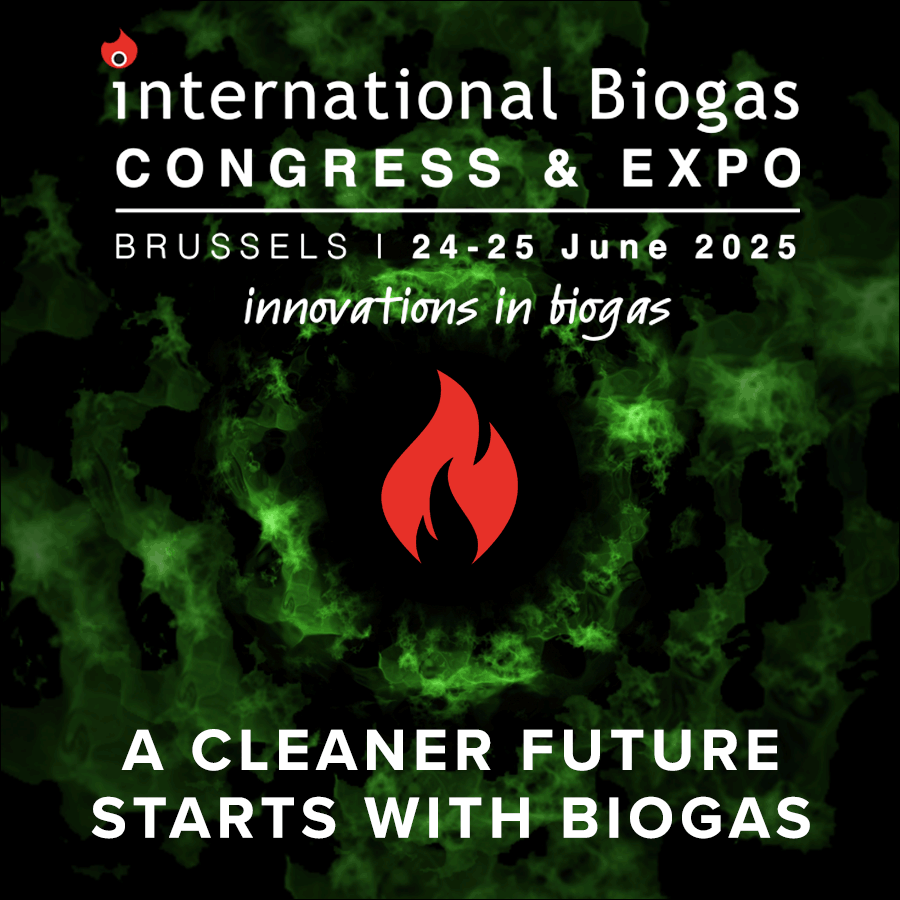Börger pumps successfully fitted at major UK food waste plant
Arjun Infrastructures’ facility, which was developed and is now managed by low-carbon energy firm 2OC, generates 17 MW of renewable energy from food waste and also utilises fats, oils and greases.
Built by J. Murphy and Sons, the plant sees 75 gigawatt-hours (GWh) of electricity sold to Thames Water for its Beckton sewerage processing plant (home to 64 Börger pumps), while the remaining 55 GWh is purchased by Centrica.
Heat from the engine is supplied to Cadent’s gas pressure reduction station - located adjacent to the Arjun plant, and with whom Börger also has pumps in business - largely replacing old gas boilers that used to pre-heat the gas, while heat recovery cycles of the ChiP technology increase the thermal efficiency of the Arjun plant.
Producing enough energy for around 40,000 homes, Arjun’s facility works with very high temperatures and requires the appropriate equipment to function smoothly. This includes its Börger pumps, which had special cooling radiators for the gearboxes and motors installed.
The two 90 kW Börger lubrication pumps, originally specified by Jacobs Engineering for the combined heat and intelligent power (CHiP) plant, had to be installed by J. Murphy and Sons in a very tight space, presenting the first in a series of obstacles for the plant.
David Brown of pump manufacturer Börger said: “At first we thought that this was going to be a relatively uncomplicated job, but then the small footprint was just one of many hurdles to negotiate – not to mention the fact that the pumps had to go below ground, beneath the plant’s engine.
“We designed a special base frame so that the very robust EL1150 Classic pumps could be mounted vertically into the small footprint (just 3m by 4m) and then for easy servicing, lifted out and put on their side. Over-pressure protection was required too. All a bit tricky, but often the case when there’s not much space available.”
Due to the specific equipment required to work cohesively, there was a very tight deadline to work towards. “We were fully aware of this from day one,” said Phil Jones of 2OC, “but I can’t deny that the pressure was well and truly on. We had to meet the deadline for the all-important government renewable obligation certificates that support large-scale renewable electricity projects in the UK.
“To get the plant off on the right operational and financial footing, we had to make things happen to hit that deadline. We could not take our time.”
According to Jones, Börger was “totally professional” in dealing with 2OC’s concerns throughout the process, including some noise and vibration coming from the two pumps. Although Börger suspected there was nothing to worry about, the company brought over its top engineers from Germany to ensure that everything was running smoothly.
“Through the very positive dialogue between the two companies, it was also decided to change the pump’s removable rotor tips from rubber to a fully stainless-steel solid rotor design, because of the high temperatures. Together with the stainless-steel pump head, it now means there is almost zero maintenance required.”

























